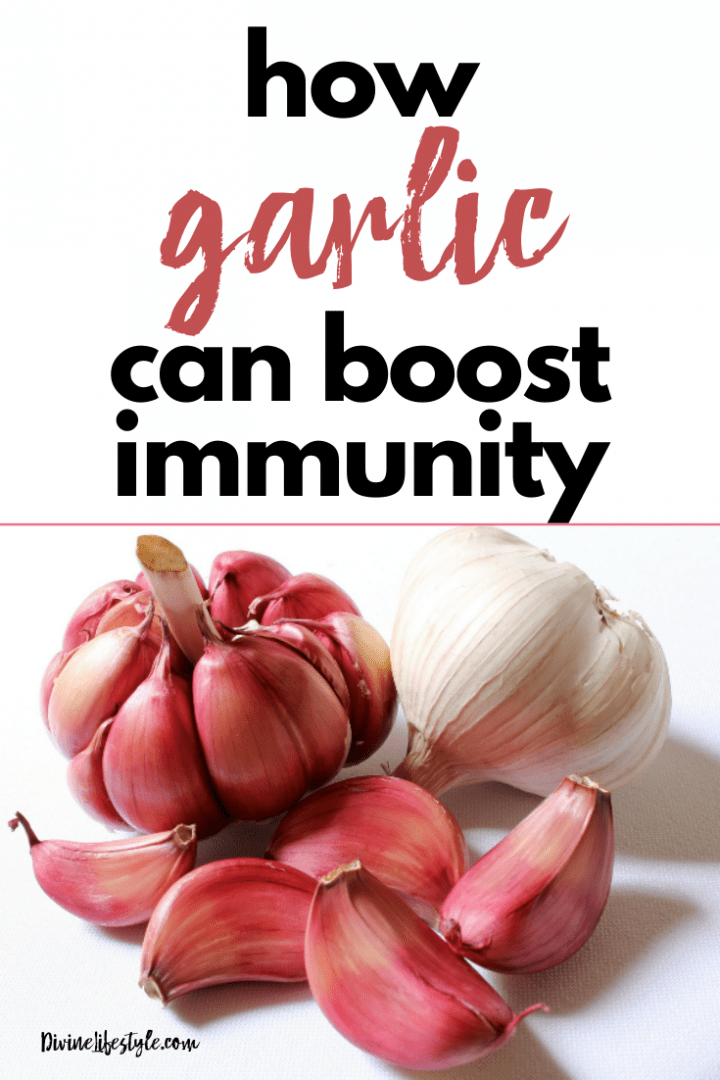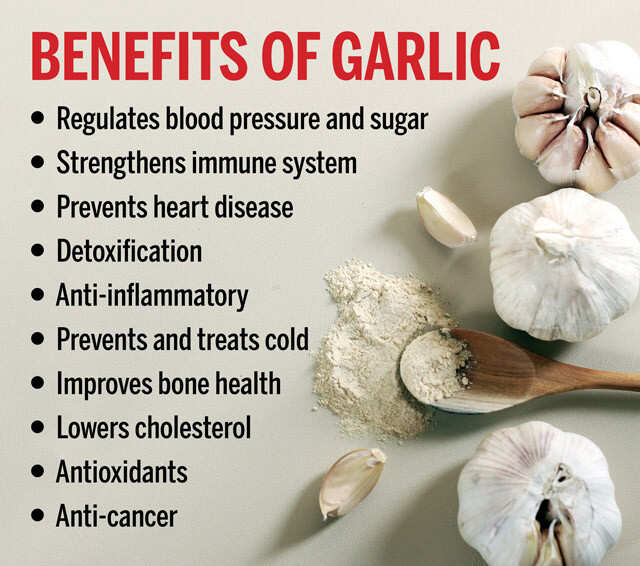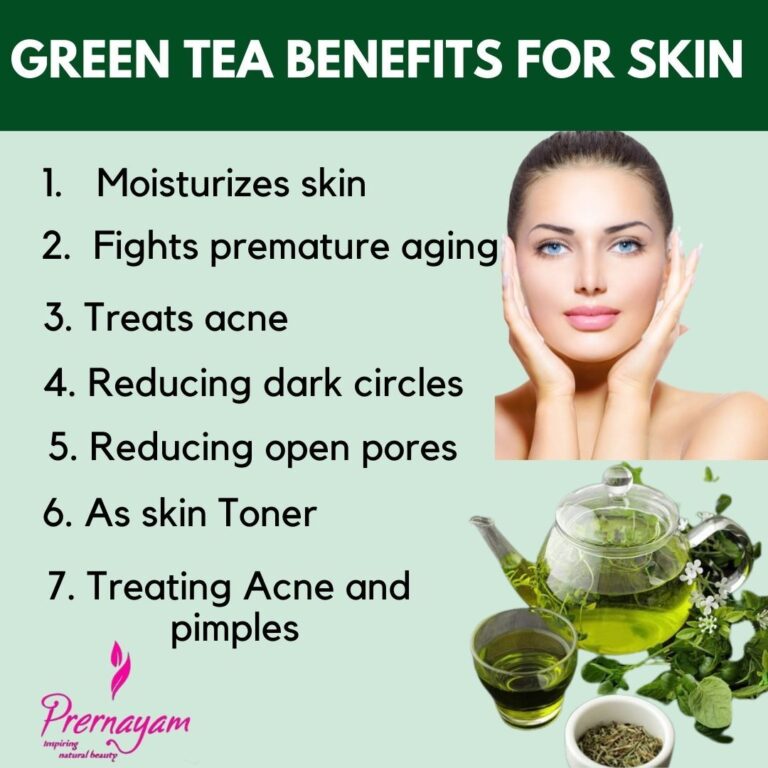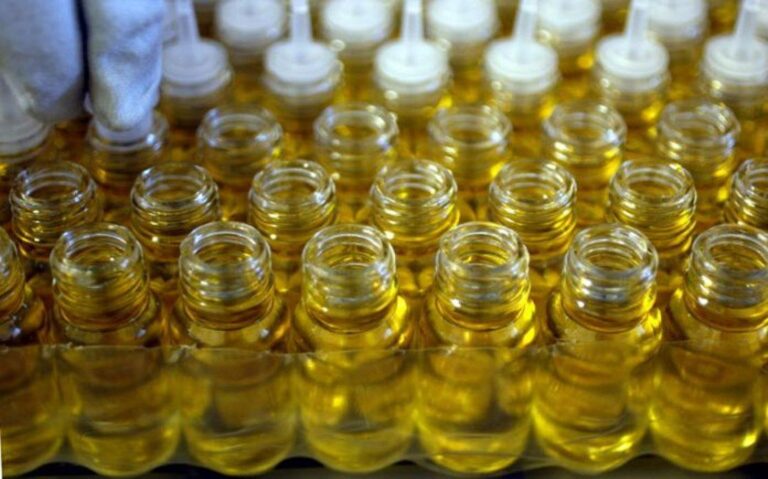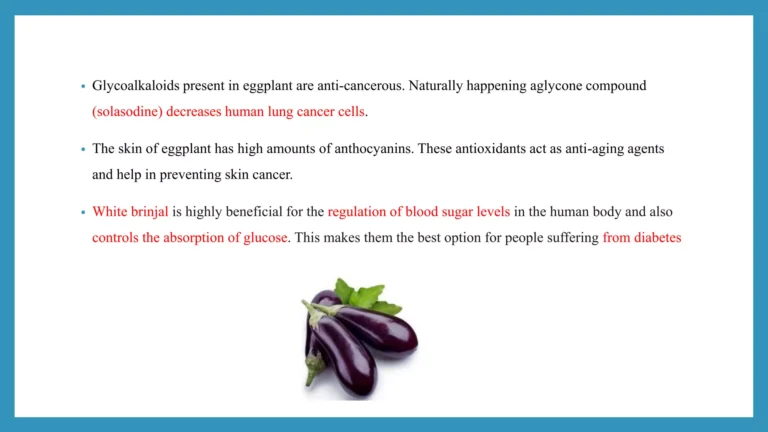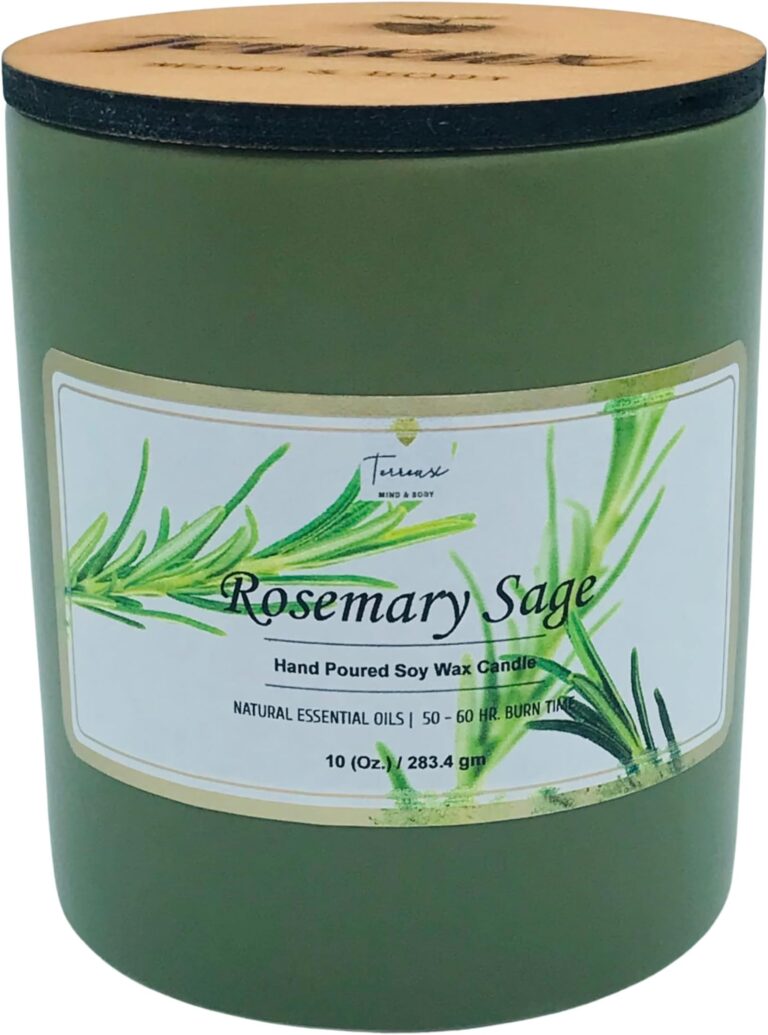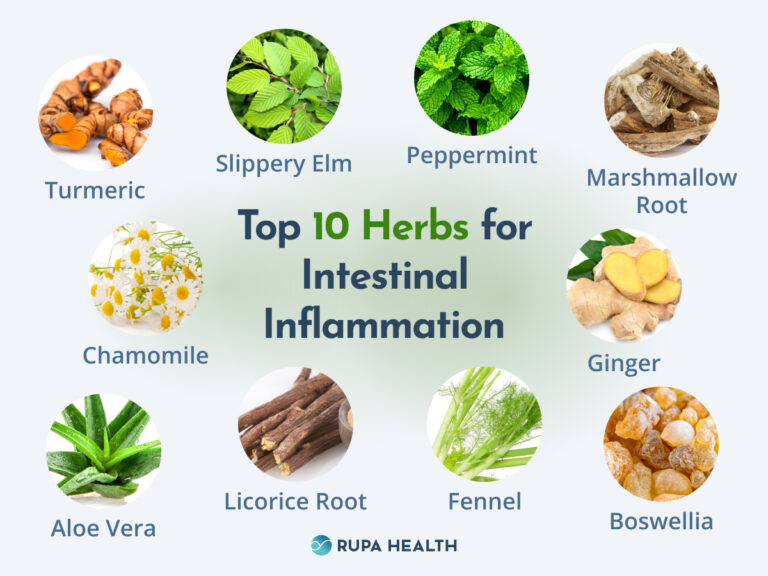Boost Your Immunity: The Garlic Advantage – A Timeless Alchemist in Our Defense
The scent, unmistakable and potent, has permeated human history for millennia. It clings to ancient kitchens and modern bistros, wafts from street food stalls and gourmet dining rooms. It is the aroma of Allium sativum, the humble garlic clove, a culinary cornerstone and, as we shall embark upon a journey to discover, a profound alchemist in the intricate theater of human immunity.
Our story begins not in a laboratory, but in the sun-baked cradles of civilization, where the lines between food, medicine, and magic blurred. For a truly knowledgeable audience, understanding garlic’s immune advantage requires more than a mere listing of benefits; it demands a deep dive into its historical narrative, its complex biochemistry, and the sophisticated ways it interacts with the biological marvel that is our immune system. This is a tale of ancient wisdom meeting cutting-edge science, of a pungent bulb holding secrets to fortifying our most vital defense.
I. The Prologue: A Scent of History – From Myth to Medicine
Imagine the construction sites of the Great Pyramids, where workers toiled under the unforgiving Egyptian sun. Records etched into papyrus reveal that garlic was dispensed daily, not merely for flavor, but as a preventative medicine, believed to impart strength and ward off disease. Here, its journey as an immune booster began, rooted in observation and the pragmatic understanding of early healers.
From Egypt, its fame spread. Greek physicians, including the father of medicine, Hippocrates, prescribed garlic for a range of ailments, from infections and digestive issues to fatigue. Roman soldiers consumed it for courage and protection against illness on their campaigns, believing it offered a potent shield against the invisible threats of unfamiliar lands. In ancient India, Ayurveda revered garlic as a potent rasayana, a rejuvenating elixir capable of bolstering the body’s resilience. Across Asia, from Chinese herbal medicine to Korean folk remedies, its power against colds, flus, and various infections was an accepted truth.
This widespread, ancient reverence for garlic wasn’t born of whim; it was the cumulative wisdom of countless generations observing its effects. It was a pre-scientific understanding of what we now meticulously dissect: its antimicrobial, anti-inflammatory, and immune-modulating properties. The stage was set, centuries before microscopes and molecular biology, for garlic to assume its role as a timeless ally in the human quest for health. The question that has echoed through time, and which modern science now attempts to answer, is: how does this unassuming bulb achieve such remarkable feats?
II. The Alchemical Heart: Unpacking Garlic’s Bioactive Arsenal
To truly appreciate garlic’s immune prowess, we must venture into its very essence, a complex biochemical tapestry woven from hundreds of compounds. The "garlic advantage" is not a singular entity but a symphony of interconnected molecules, each playing a crucial role.
At the epicenter of garlic’s famed pungency and much of its medicinal power lies a fascinating enzymatic reaction. Intact, a garlic clove contains alliin, a sulfur-containing amino acid. But crush, chop, or chew that clove, and a remarkable enzyme called alliinase is released, converting alliin into the potent and highly reactive compound, allicin.
Allicin is the superstar, the initial burst of biological activity. It’s responsible for the characteristic smell of freshly crushed garlic and acts as a broad-spectrum antimicrobial agent. However, allicin is notoriously unstable. Within minutes to hours, it rapidly degrades into a cascade of other sulfur compounds, each with its own distinct bioactivity. These include:
- Diallyl disulfide (DADS) and Diallyl trisulfide (DATS): These compounds contribute significantly to garlic’s antimicrobial, anti-inflammatory, and antioxidant properties. They are more stable than allicin and are found in various garlic preparations.
- Ajoene: Formed primarily when garlic is exposed to oil, ajoene is particularly noted for its anti-clotting and anti-cancer properties, but also contributes to antimicrobial effects.
- S-allyl cysteine (SAC) and S-allyl mercaptocysteine (SAMC): These are water-soluble compounds found abundantly in aged garlic extract (AGE). Unlike allicin, they are stable, odorless, and highly bioavailable. Research suggests they are potent antioxidants and immune modulators, playing a significant role in AGE’s health benefits.
Beyond these sulfur compounds, garlic is a rich source of other beneficial constituents:
- Flavonoids: Antioxidants like quercetin and kaempferol, which combat oxidative stress and possess anti-inflammatory actions.
- Saponins: Plant compounds with immune-stimulating and cholesterol-lowering properties.
- Selenium: An essential trace mineral vital for optimal immune function, acting as a cofactor for antioxidant enzymes.
- Vitamins and Minerals: Including Vitamin C, B6, and manganese, all of which support overall health and immune resilience.
The key takeaway for our knowledgeable audience is that garlic’s power isn’t about one magic bullet. It’s the synergy of these diverse compounds, working in concert, that creates its profound effects. The specific profile of these compounds can vary based on preparation (raw, cooked, aged extract), influencing the exact mechanisms of action. This biochemical complexity is the true heart of garlic’s alchemical prowess.
III. The Immune System: A Symphony of Defense – Where Garlic Takes the Stage
Before we delve into how garlic interacts with immunity, a brief, sophisticated understanding of the immune system itself is essential. It’s a vast, intricate network of cells, tissues, and organs, constantly vigilant, distinguishing "self" from "non-self," and launching precisely orchestrated attacks against pathogens.
Our immune system operates on two primary fronts:
-
Innate Immunity: This is our rapid, first line of defense. It’s non-specific, meaning it responds generally to common threats. Key players include:
- Macrophages: "Big eaters" that engulf and digest pathogens and cellular debris. They also act as antigen-presenting cells (APCs), signaling to the adaptive immune system.
- Natural Killer (NK) cells: These are lymphocytes that can recognize and kill virus-infected cells and tumor cells without prior activation.
- Neutrophils: The most abundant type of white blood cell, quickly recruited to sites of infection to phagocytose pathogens.
- Inflammation: A critical innate response, characterized by redness, swelling, heat, and pain, designed to isolate and eliminate the invading agent.
-
Adaptive Immunity: This is our highly specific, "learned" defense. It remembers past encounters, allowing for a faster and more effective response upon re-exposure. Key players include:
- T lymphocytes (T cells):
- Helper T cells (CD4+): Coordinate the immune response by releasing cytokines.
- Cytotoxic T cells (CD8+): Directly kill infected or cancerous cells.
- Regulatory T cells (Tregs): Suppress immune responses to prevent autoimmunity.
- B lymphocytes (B cells): Produce antibodies, highly specific proteins that neutralize pathogens or mark them for destruction.
- T lymphocytes (T cells):
Crucially, the immune system is not an isolated entity. It is deeply interconnected with other bodily systems, particularly the gut microbiome (the gut-immune axis), the nervous system (neuro-immune axis), and the endocrine system (hormonal influences). Factors like stress, sleep, nutrition, and environmental toxins all profoundly impact its efficacy.
It is within this complex, dynamic landscape that garlic enters, not as a blunt instrument, but as a sophisticated modulator, capable of fine-tuning various aspects of this delicate symphony.
IV. Garlic’s Immune Modulatory Ballet: Mechanisms of Action
Here, we dive into the core of the "garlic advantage," examining the specific ways its bioactive compounds engage with and enhance our immune defenses. This is where the ancient observations meet modern molecular understanding.
1. The Antimicrobial Maestro: Direct Assault on Pathogens
Garlic’s reputation as a powerful antimicrobial is perhaps its most ancient and well-documented. Modern research confirms its efficacy against a wide spectrum of bacteria, viruses, fungi, and even parasites.
-
Antibacterial Action: Allicin and its breakdown products (DADS, DATS) exert their antibacterial effects through multiple mechanisms. They can:
- Inhibit bacterial enzymes: Crucial enzymes involved in bacterial metabolism and cell wall synthesis are targeted, disrupting growth and replication.
- Damage bacterial cell membranes: Leading to leakage of intracellular contents and cell death.
- Interfere with DNA and RNA synthesis: Preventing bacterial proliferation.
- Combat antibiotic resistance: Studies show garlic compounds can sensitize antibiotic-resistant strains to conventional antibiotics, offering a potential adjunct therapy in the face of growing microbial resistance. This is a particularly exciting frontier for knowledgeable audiences aware of the global health crisis posed by superbugs.
-
Antiviral Activity: While the exact mechanisms are still being elucidated, garlic compounds appear to interfere with viral replication at various stages. They can:
- Inhibit viral entry into host cells: By altering cell surface receptors or viral proteins.
- Interfere with viral gene expression and protein synthesis: Preventing the virus from manufacturing its components.
- Boost host antiviral responses: By enhancing NK cell activity and cytokine production. Research specifically highlights its potential against common cold viruses, influenza, and even herpes simplex virus.
-
Antifungal and Antiparasitic Effects: Garlic also demonstrates significant activity against various fungi (e.g., Candida albicans) and parasites (e.g., Giardia lamblia), disrupting their cell membranes and metabolic pathways.
2. The Anti-inflammatory Agent: Quelling the Storm
Inflammation is a double-edged sword. Acute inflammation is vital for fighting infection and healing, but chronic, low-grade inflammation is a precursor to numerous chronic diseases, including autoimmune disorders, cardiovascular disease, and neurodegeneration. Garlic excels at modulating inflammatory responses, promoting a balanced state.
- Modulating Cytokine Production: Garlic compounds can influence the production of cytokines, the signaling molecules of the immune system. They can:
- Reduce pro-inflammatory cytokines: Such as TNF-α (Tumor Necrosis Factor-alpha), IL-1β (Interleukin-1 beta), and IL-6 (Interleukin-6), which, when overproduced, contribute to chronic inflammation and tissue damage.
- Enhance anti-inflammatory cytokines: Like IL-10, which helps to resolve inflammation and promote immune tolerance.
- Inhibiting NF-κB: Nuclear Factor-kappa B (NF-κB) is a protein complex that controls transcription of DNA, cytokine production, and cell survival. It’s a key regulator of the inflammatory response. Garlic compounds, particularly allicin and its derivatives, can inhibit NF-κB activation, thereby dampening inflammatory cascades.
- Antioxidant Powerhouse: Inflammation and infection generate reactive oxygen species (ROS), leading to oxidative stress, which damages cells and exacerbates inflammation. Garlic’s rich array of antioxidants (sulfur compounds, flavonoids, selenium) directly scavenge free radicals and enhance the body’s endogenous antioxidant enzymes (e.g., glutathione reductase, superoxide dismutase, catalase). This reduction in oxidative stress helps protect immune cells and tissues, allowing them to function optimally.
3. Direct Immune Cell Enhancement: Boosting the Troops
Beyond directly fighting pathogens and managing inflammation, garlic actively stimulates and supports various immune cell populations.
- Enhancing Macrophage Activity: Garlic compounds have been shown to increase the phagocytic activity of macrophages, enabling them to more efficiently engulf and destroy pathogens. They also enhance macrophages’ ability to present antigens, thus priming the adaptive immune response.
- Stimulating Natural Killer (NK) Cells: NK cells are crucial for early defense against viral infections and cancer. Garlic consumption can increase the number and activity of NK cells, bolstering our innate ability to detect and eliminate compromised cells.
- Modulating Lymphocyte Proliferation: Studies indicate garlic can influence the proliferation and differentiation of T and B lymphocytes, fine-tuning the adaptive immune response. For instance, some research suggests it can shift the balance towards Th1 responses, which are critical for fighting intracellular pathogens.
- Enhancing Antibody Production: While less direct, improved overall immune health facilitated by garlic can indirectly support B cell function and antibody production.
4. The Gut-Immune Axis Navigator: A Microbial Alliance
For a knowledgeable audience, the gut-immune axis is a recognized frontier in immunology. The vast ecosystem of microorganisms in our gut profoundly influences our immune system, with a healthy microbiome being critical for robust immunity. Garlic, surprisingly, plays a pivotal role here too.
- Prebiotic Effects: Garlic contains fructans, a type of prebiotic fiber that feeds beneficial gut bacteria (e.g., Bifidobacteria). A flourishing population of beneficial bacteria helps maintain gut barrier integrity, produce short-chain fatty acids (SCFAs like butyrate, acetate, propionate – which have anti-inflammatory effects and fuel colonocytes), and modulate local and systemic immune responses.
- Shaping the Microbiome: While it has broad-spectrum antimicrobial properties, garlic appears to selectively inhibit pathogenic bacteria while promoting the growth of beneficial ones, thereby fostering a healthier gut environment. This delicate balance is crucial for immune homeostasis.
- Strengthening Gut Barrier Integrity: A healthy gut lining prevents the leakage of undigested food particles and toxins into the bloodstream, a phenomenon known as "leaky gut" which can trigger systemic inflammation and autoimmune responses. Garlic’s anti-inflammatory and antioxidant properties contribute to maintaining the integrity of this critical barrier.
This multi-faceted engagement with the immune system – from direct pathogen assault and inflammation modulation to cellular enhancement and gut microbiome support – paints a comprehensive picture of garlic’s extraordinary advantage.
V. From Lab Bench to Lived Experience: Clinical Evidence and Anecdotes
The journey from ancient folklore to modern science is punctuated by clinical trials, which seek to validate traditional claims. While the complexity of human studies (dosage, preparation, individual variation) can lead to mixed results, a significant body of evidence supports garlic’s immune-boosting claims.
- The Common Cold and Flu: Perhaps the most compelling human research focuses on respiratory infections. Several studies have shown that regular garlic supplementation can significantly reduce the incidence, duration, and severity of common colds and flu.
- One landmark placebo-controlled study found that participants taking a daily garlic supplement experienced significantly fewer colds (24 vs. 65) and recovered faster when they did get sick compared to the placebo group.
- Meta-analyses have generally concluded that garlic can reduce the risk of upper respiratory tract infections and shorten their duration.
- General Immune Function: While harder to quantify broadly, studies using markers of immune function (e.g., NK cell activity, cytokine levels) often show positive modulatory effects with consistent garlic intake, particularly aged garlic extract (AGE). AGE, due to its stable and bioavailable compounds like SAC, has been extensively studied for its long-term immune-enhancing benefits without the pungency and digestive irritation of raw garlic.
- Challenges and Nuances: It’s important to acknowledge that not all studies show dramatic effects, and methodological differences (e.g., form of garlic, dosage, population studied) can influence outcomes. The immune system is incredibly complex, and nutrition is one of many factors. However, the consistent trend across various studies, combined with its long history of traditional use, strongly supports garlic’s role as a valuable immune adjunct.
Anecdotally, the enduring belief in garlic’s power persists in countless households globally. Many people swear by it, consuming raw garlic at the first sign of a sniffle, continuing a tradition passed down through generations – a testament to its perceived efficacy in the lived experience.
VI. Navigating the Clove: Practical Considerations for Optimal Potency
Understanding the "how" naturally leads to the "what" and "how much." For a knowledgeable audience, maximizing garlic’s immune benefits requires an understanding of preparation and forms.
- Raw vs. Cooked: The critical enzyme alliinase, responsible for allicin formation, is heat-sensitive. Therefore, raw garlic generally offers the highest immediate potential for allicin-derived benefits.
- Tip: To maximize allicin, crush or chop raw garlic and let it sit for 5-10 minutes before consuming or adding to food. This allows alliinase to fully convert alliin to allicin before any heat denatures the enzyme.
- Cooking with Garlic: While high heat can destroy alliinase, garlic still retains significant beneficial compounds even when cooked. Slow, gentle cooking (e.g., roasting, sautéing lightly) can preserve more compounds than intense, rapid frying. Cooked garlic, while losing some allicin, still provides other stable sulfur compounds, flavonoids, and prebiotics.
- Aged Garlic Extract (AGE): This is a unique preparation where raw garlic is steeped in alcohol for up to 20 months. This process converts the unstable, pungent sulfur compounds into stable, water-soluble, and odorless compounds like S-allyl cysteine (SAC).
- Advantages of AGE: Odorless, gentle on the stomach, highly bioavailable, and rich in antioxidants. Many clinical trials demonstrating immune benefits use AGE due to its consistent composition and stability. It’s an excellent option for long-term immune support.
- Garlic Oil and Other Supplements: Various encapsulated forms exist. It’s crucial to look for standardized extracts that specify the active compounds (e.g., allicin yield or SAC content) to ensure potency and consistency. Enteric-coated pills can help bypass stomach acid, potentially delivering allicin to the intestines for absorption.
- Dosage: While there’s no official recommended daily allowance for immune support, many studies showing benefits use doses equivalent to 1-2 cloves of raw garlic per day, or 600-1200 mg of aged garlic extract daily.
- Potential Side Effects and Interactions:
- Breath and Body Odor: The volatile sulfur compounds are responsible for this and are the most common complaint.
- Digestive Upset: Raw garlic can cause heartburn, gas, or stomach upset in some individuals, especially in larger quantities. AGE is generally much better tolerated.
- Blood Thinning: Garlic has mild anti-platelet effects. Individuals on anticoagulant medications (e.g., warfarin) should consult their doctor before consuming large amounts of garlic or supplements, especially before surgery.
- Drug Interactions: Garlic can interact with certain medications, including some HIV drugs and cyclosporine. Always consult a healthcare professional, especially if on chronic medication.
The practical wisdom here lies in understanding the trade-offs. For acute, immediate impact, raw, crushed garlic is potent. For consistent, long-term, and gentler immune support, especially without the social implications of garlic breath, aged garlic extract presents a scientifically validated and highly effective alternative.
VII. The Future’s Scent: Unanswered Questions and Emerging Frontiers
Our journey through garlic’s immune advantage doesn’t end with current knowledge; it extends into the vibrant landscape of ongoing research. For a knowledgeable audience, recognizing the frontiers of discovery is as important as understanding the established facts.
- Personalized Nutrition: How do individual genetic variations or existing microbiome profiles influence the efficacy of garlic? Can we tailor garlic intake to specific immune needs?
- Specific Immune Pathways: While we understand general mechanisms, deeper molecular insights into precisely how garlic compounds modulate specific signaling pathways within different immune cells are continuously being uncovered.
- Synergistic Effects: How does garlic interact with other immune-boosting foods (e.g., turmeric, ginger, medicinal mushrooms) or lifestyle interventions (e.g., exercise, stress reduction)? Can combination therapies enhance its effects?
- Role in Autoimmunity and Chronic Disease: Beyond acute infections, what is garlic’s nuanced role in preventing or managing chronic inflammatory and autoimmune conditions, where immune dysregulation is central? Its anti-inflammatory properties suggest significant potential.
- Novel Delivery Systems: Can advancements in nanotechnology or drug delivery create even more effective and targeted ways to harness garlic’s bioactive compounds?
The scientific narrative of garlic is far from complete. Each study, each discovery, adds another layer to its fascinating story, affirming its ancient reputation while continually deepening our understanding of its sophisticated mechanisms.
VIII. The Epilogue: A Timeless Ally
From the dusty tomes of ancient Egypt to the sophisticated mass spectrometers of modern biochemistry labs, the story of garlic and immunity is a compelling testament to nature’s enduring wisdom. It is a narrative that bridges millennia, uniting the intuitive observations of our ancestors with the rigorous scrutiny of contemporary science.
The garlic advantage is not a fleeting fad but a deeply rooted biological reality. Its complex array of sulfur compounds, flavonoids, and other micronutrients orchestrates a remarkable ballet within our immune system: directly battling pathogens, exquisitely modulating inflammation, invigorating immune cells, and nurturing the vital gut-immune axis.
In a world increasingly challenged by novel pathogens and the resurgence of antibiotic resistance, the search for natural, effective, and accessible immune fortifiers becomes ever more critical. Garlic, the humble, pungent clove, stands as a beacon – a readily available, potent ally, inviting us to harness its timeless power. It is a reminder that sometimes, the most profound solutions lie within the simplest gifts of the earth, waiting for us to truly understand and appreciate their extraordinary potential. The story of garlic’s immune advantage is, ultimately, a story of resilience, both of the plant and of the human body it so powerfully serves.
